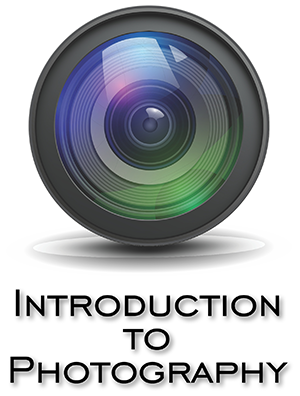
Waterfalls
Images and text by Paul Illsley

Waterfalls are one of the most enjoyable scenes to photograph. With just a few simple techniques you can create beautiful waterfall images just like the ones you see in magazines or online.

First of all you will need a scene with flowing water and nice surroundings. Choose a scene showing the water in relation to its surroundings (rocks, vegetation, forest...). This visual relationship will help balance the water movement and help give it some context.

Try and create a sense of depth by showing where the water is flowing after it tumbles over the waterfall. Add something in the foreground like a rock or some vegetation to give the scene some visual appeal.

Use a polarizing filter to help remove reflections from wet surfaces and increase saturation in the foliage or surrounding vegetation. This polarizing filter will also decrease the amount of light reaching the sensor and increase the length of your exposure. If you want even longer exposures on bright days you can use a neutral density filter which will decrease the amount of light reaching the sensor substantially.

If you want to ďfreezeĒ the water choose a fast shutter speed (1/500 second or faster). If you want to make the water appear soft and smooth use a slower shutter speed (1 second or longer). The polarizing or neutral density filter will help you achieve longer exposures on brighter light.

You will need to keep your camera steady so plan on bringing along a tripod or brace your camera on a rock or stump if donít have a tripod. I like to photograph waterfalls on overcast days because it allows for longer exposures and you donít get the bright highlights and deep shadows commonly associated with bright sunny days.

You donít need to record the entire waterfall if you donít want to. After you have recorded an overview image, look for smaller sections of the waterfall that have interesting flow patterns. Try and use a wide angle lens for the low wide shots and a short telephoto for the smaller sections.

Try and keep your camera and lens dry. It is often wet around flowing water so make sure you have something to clean your lens when it gets splashed (try and use a proper lens cleaning cloth and not your shirt or tissue to clean the lens). Some people use a UV filter to protect their lens in situations like this.
Return to IntroductionToPhotography.com
| 














